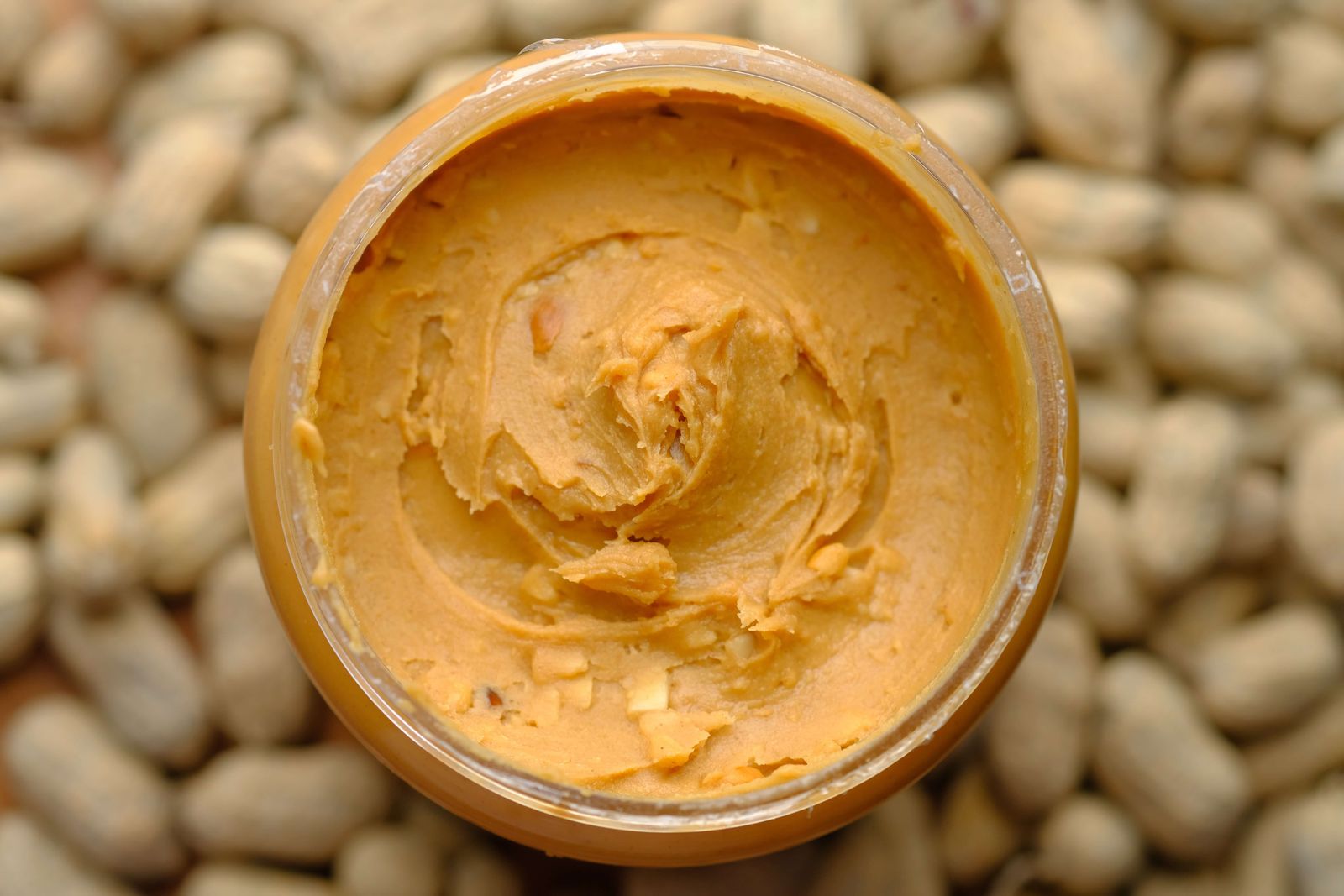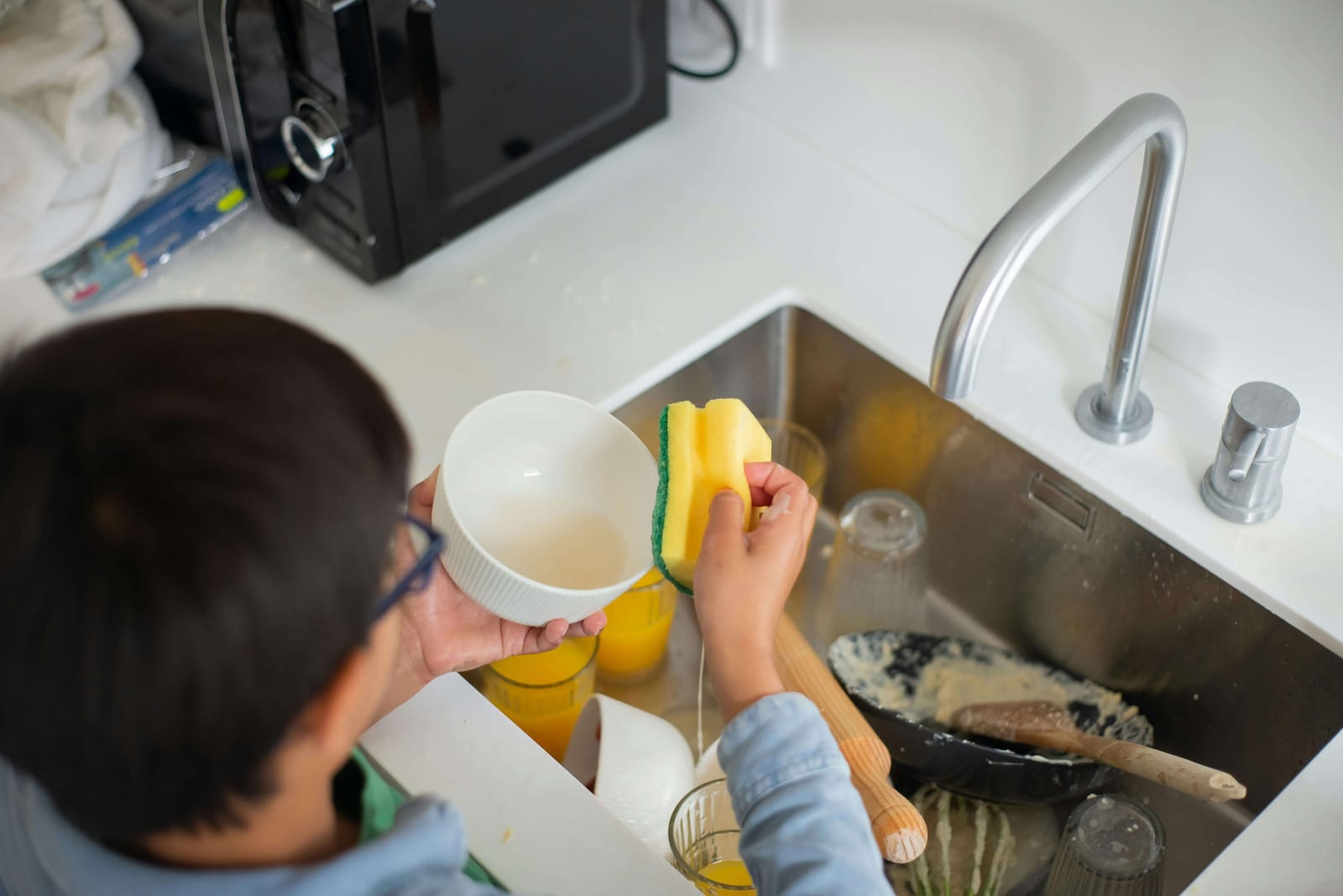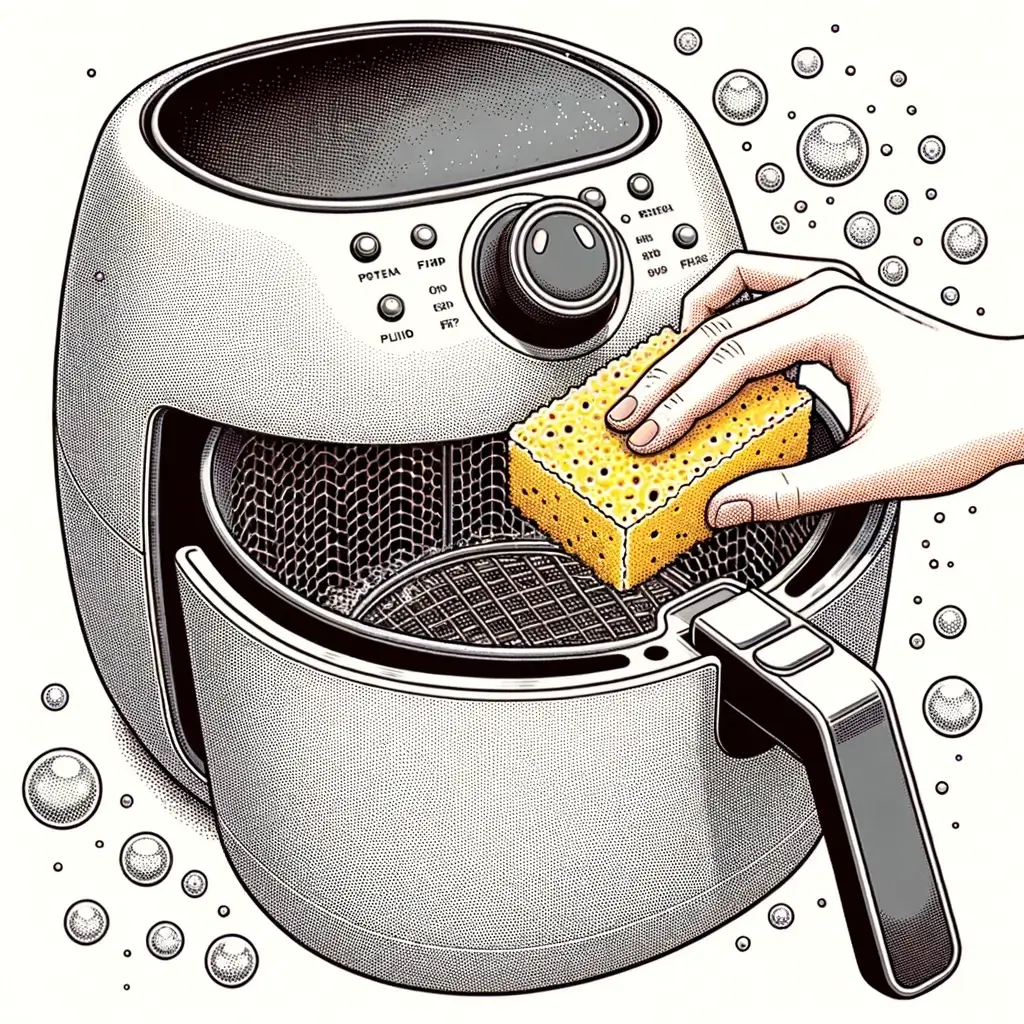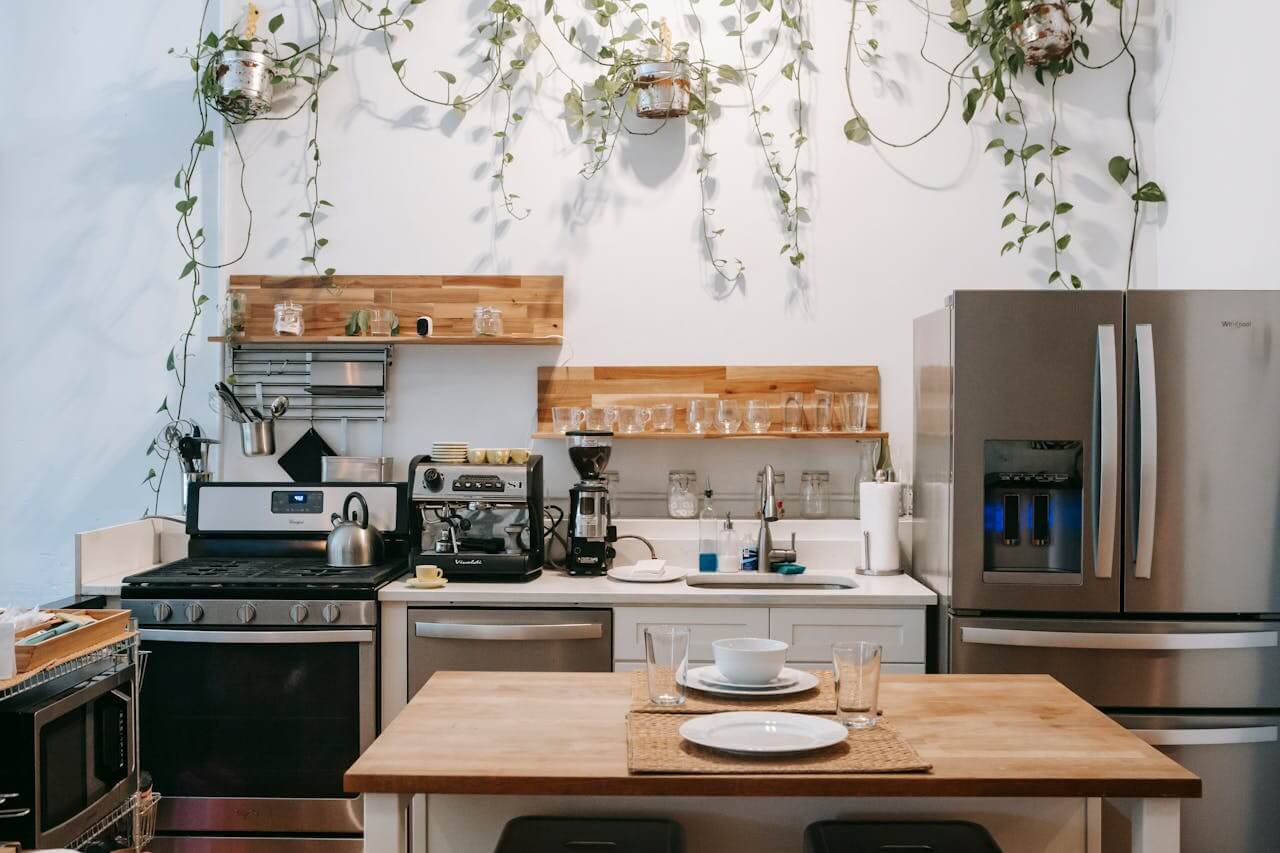Unraveling the science behind the blender and its role in making nut butter is a fascinating journey.
This micro-post will guide you through the process, explaining how a blender works, the role of power in blending nuts, and how blenders compare to food processors when it comes to making nut butter.
Jump To:
- The Science Behind Blenders
- How a Blender Works to Make Nut Butter
- The Role of Power in Blending Nuts
- Comparing Blenders and Food Processors for Nut Butter Making
- Frequently Asked Questions
- Further Reading
The Science Behind Blenders
Blenders are powerful kitchen appliances that use high-speed rotating blades to break down food into a smooth consistency. The science behind a blender lies in its ability to create a vortex that pulls food toward the blades, ensuring everything gets evenly processed. This is particularly important when making nut butter, as achieving a smooth, creamy texture requires all the nuts to be finely ground.
Blenders come in various types, including immersion, countertop, and personal blenders. Each type has its unique features and benefits. For instance, immersion blenders are great for blending soups and sauces directly in the pot, while countertop blenders are ideal for making smoothies, milkshakes, and of course, nut butter. On the other hand, personal blenders are perfect for single-serve smoothies or protein shakes.
How a Blender Works to Make Nut Butter
Making nut butter in a blender involves a process known as shear. When you blend nuts, the high-speed rotation of the blades creates a shearing force that breaks down the nuts' cell walls, releasing their oils and turning them into a paste. The longer you blend the nuts, the smoother the nut butter becomes.
Here's a step-by-step guide to making nut butter in a blender:
- Add the nuts to the blender. You can use peanuts, almonds, cashews, or any other type of nut you prefer.
- Start the blender on a low setting and gradually increase the speed. This helps to chop the nuts evenly and prevents the blender from overheating.
- Continue blending until the nuts are ground into a fine powder. At this stage, the nuts may start to clump together.
- Keep blending. The heat generated by the blender will help to release the oils from the nuts, turning the powder into a paste.
- Blend for a few more minutes until the nut butter reaches your desired consistency. The longer you blend, the smoother the nut butter will be.
The Role of Power in Blending Nuts
The power of a blender is crucial in making nut butter. High-powered blenders are more efficient at breaking down nuts and releasing their oils, resulting in smoother, creamier nut butter. A blender with at least 600 watts of power is typically sufficient for making nut butter. However, a blender with 1000 watts or more is recommended for best results.
For example, the Vitamix 5200 Blender is a popular choice for making nut butter. It has a powerful 2-peak horsepower motor that can blend even the toughest ingredients into a smooth consistency. The Blendtec Total Classic Original Blender is another excellent option, with a 3-peak horsepower motor and six pre-programmed cycles for different blending tasks.
Comparing Blenders and Food Processors for Nut Butter Making
While blenders and food processors can both be used to make nut butter, there are some differences. Blenders are generally more powerful and can create smoother nut butter. However, they can also generate more heat, affecting the nut butter's taste. On the other hand, food processors are less powerful but provide more control over the texture of the nut butter.
For example, a food processor might be a better choice if you prefer chunky nut butter. You can pulse the nuts to your desired consistency, allowing for larger pieces to remain. A high-powered blender would be the best option if you prefer smooth, creamy nut butter.
Frequently Asked Questions
Can you use a blender to make nut butter?
Yes, you can use a blender to make nut butter. However, using a high-powered blender is important to ensure the nuts are properly ground into a smooth paste.
How powerful should a blender be to make peanut butter?
A blender with at least 600 watts of power is typically sufficient for making peanut butter. However, a blender with 1000 watts or more is recommended for best results.
How to make mixed nut butter in a blender?
To make mixed nut butter in a blender, simply add the nuts to the blender and blend until smooth. It's best to experiment with different combinations of nuts to create your unique flavors.
Is a blender better than a food processor for nut butter?
Blenders are generally more powerful and can create smoother nut butter. However, food processors provide more control over the texture of the nut butter. The choice between a blender and a food processor will depend on your preference.
Further Reading
- Blender or Food Processor: What's Best for Nut Butter Creation - Curious about the best tool for making nut butter? This article provides a detailed comparison between blenders and food processors.
- Crafting Nut Butter at Home: Your Essential Blender Guide - Ready to make your own nut butter? This guide provides step-by-step instructions and tips for crafting the perfect nut butter at home.
- How to Make Almond Butter by Cookie + Kate - This article provides a comprehensive guide to creating this nutritious and delicious spread at home.
- If you're looking for a new blender to make your homemade nut butter even smoother, check out our article on the best blender for nut butter.



